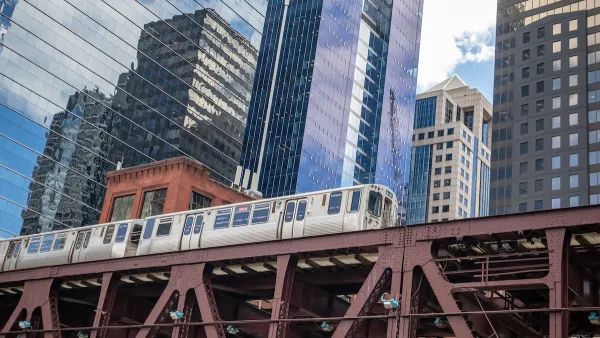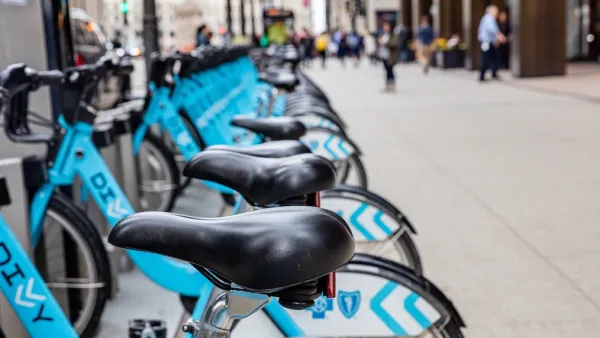From education to housing to health, Chicago's Gary Comer, billionaire founder of Lands' End, invested millions into the struggling South Side neighborhood of Pocket Town in a mission to transform it into a beacon of hope for the community.
Although it was never Gary Comer's intention to see the fruits of his labor in his lifetime, from one venture to the next, he's invested $86 million into projects aiming to improve Pocket Town, the neighborhood where he grew up in Chicago's South Side. Starting with a $68,000 check to fix an electrical problem at "the two-story red brick Paul Revere Elementary School," to investing $12 million in an affordable housing program, to setting up the Comer Science and Education Foundation, Comer made sure “he would take care of [the] neighborhood” long after his passing in 2006.
Elly Fishman writes, “Comer’s hugely ambitious quest contains elements of both the Kalamazoo Promise (a Michigan philanthropist’s pledge to pay for college for all local kids who graduate from public high school) and the Harlem Children’s Zone (an urban renewal program that provides an assortment of “cradle-to-career” services for children and families in New York City’s Harlem neighborhood). The plan he eventually hit upon was to address the interconnected problems facing Pocket Town’s residents: poorly performing schools as well as issues like substandard housing and inadequate health care.”
With all that said, Fishman asks, “What results has that huge investment yielded? And what lessons are there for policymakers, philanthropists, and everyone who cares about the fate of struggling urban neighborhoods?” Comer's initiatives have yielded successes, as well as failures. His health initiatives, for example, led to the vaccination of over 700 children this year. A youth center provides recreational activities, year-round jobs and 6,000 pounds of vegetables annually via a community garden. His housing and education activities have had mixed results.
"On paper," concludes Fishman, "$86 million looks like a helluva lot of money. 'But it’s really hard to change people and communities,” says [Harvard sociologist Robert Sampson]. “We need to be realistic. . . . The social forces that permeate the South Side don’t stop at the Pocket Town boundaries.”
FULL STORY: Can $86 Million Save a Neighborhood?

National Parks Layoffs Will Cause Communities to Lose Billions
Thousands of essential park workers were laid off this week, just before the busy spring break season.

Retro-silient?: America’s First “Eco-burb,” The Woodlands Turns 50
A master-planned community north of Houston offers lessons on green infrastructure and resilient design, but falls short of its founder’s lofty affordability and walkability goals.

Delivering for America Plan Will Downgrade Mail Service in at Least 49.5 Percent of Zip Codes
Republican and Democrat lawmakers criticize the plan for its disproportionate negative impact on rural communities.

Test News Post 1
This is a summary

Test News Headline 46
Test for the image on the front page.

Balancing Bombs and Butterflies: How the National Guard Protects a Rare Species
The National Guard at Fort Indiantown Gap uses GIS technology and land management strategies to balance military training with conservation efforts, ensuring the survival of the rare eastern regal fritillary butterfly.
Urban Design for Planners 1: Software Tools
This six-course series explores essential urban design concepts using open source software and equips planners with the tools they need to participate fully in the urban design process.
Planning for Universal Design
Learn the tools for implementing Universal Design in planning regulations.
EMC Planning Group, Inc.
Planetizen
Planetizen
Mpact (formerly Rail~Volution)
Great Falls Development Authority, Inc.
HUDs Office of Policy Development and Research
NYU Wagner Graduate School of Public Service





























